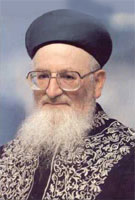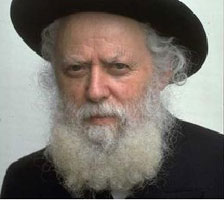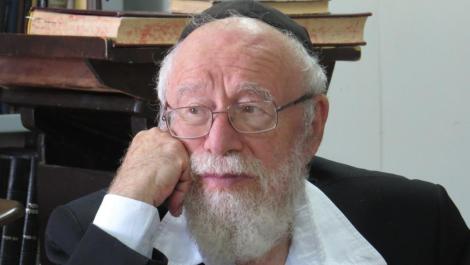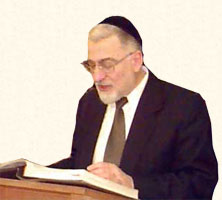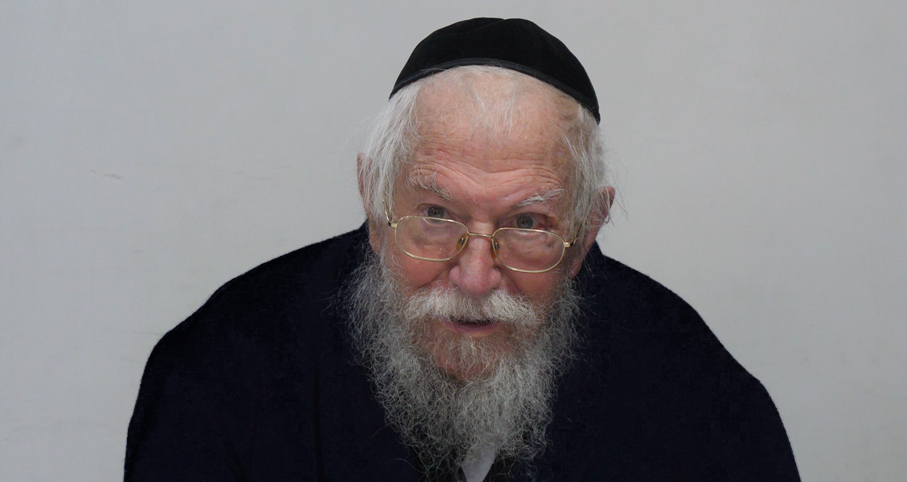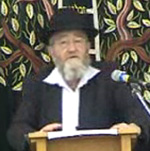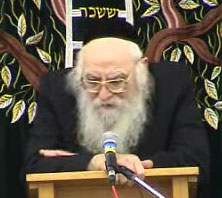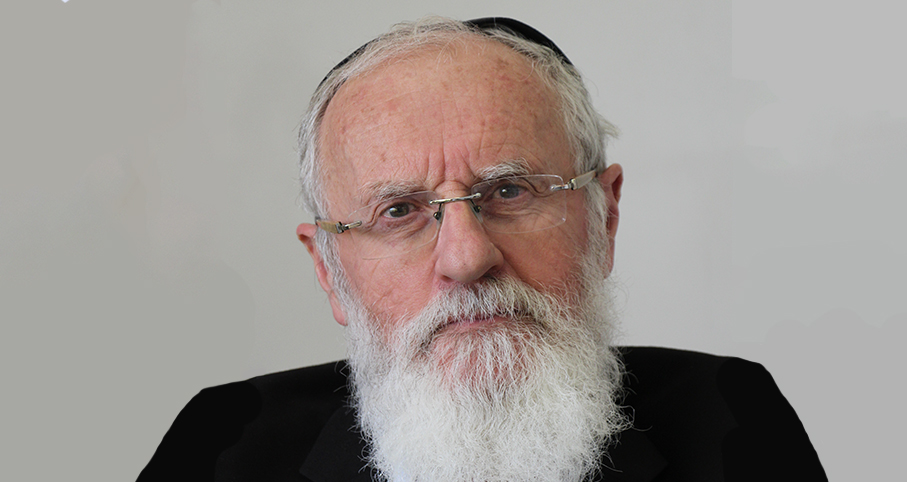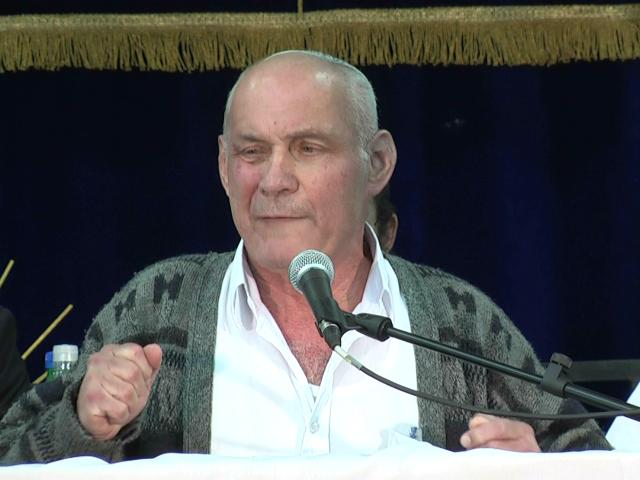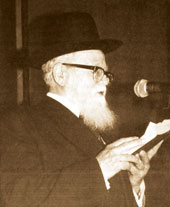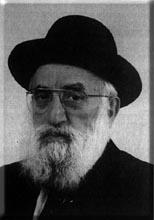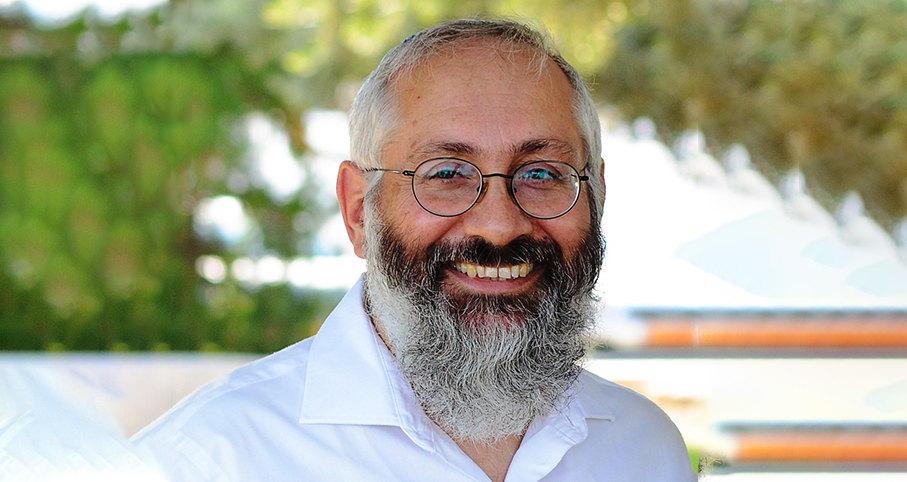Beit Midrash
- Family and Society
- The Nation of Israel
- Israel and the Nations
Golus Bavel
We are, unfortunately, very familiar with the destruction of the first Beis Hamikdash by Nevuchadnetzar the King of Bavel, much of which is described in various places in Tanach. The city and country of Bavel was in Mesopotomia, literally, the area "between the rivers" – the Tigris and the Euphrates – which form the center of the contemporary country of Iraq. To this day, descendants of the Jewish communities who lived in Iraq, where Jews lived for 2,500 years, are referred to as Jews of Bavel.
Persia
Not many years after the destruction of the Beis Hamikdash, the powerful empire of Bavel was overrun by the Persian Empire. The Jews were now under the authority of a new nation. Many Jews spread across all 127 provinces (which probably means 127 major cities and their environs) of the new empire, and they were certainly known in the capital city of Shushan, located in modern Iran. Although Persia and Greece are known as malchuyos, their relationship to the Jews does not fit the classic definition of an exile or a diaspora, since the Jews were not driven from the country where they lived. Persia overtook Bavel, and thereby changed the culture and indeed geography of where Jews lived, but it is not accurate to say that we were "exiled" to new places. It is, however, accurate to say that, under the new management, Jews now spread out from Bavel to the entire ancient world.
By the way, this period of time coincides with the end of the period of the Tanach. The books of this era include Esther, Chaggai, Zecharya, Malachi, Daniel, Ezra and Nechemiah. Under Persian rule, Jews were permitted to return to Eretz Yisroel and build the second Beis Hamikdash. From a Torah perspective, the leadership of the Jewish people is the group called the Anshei Keneses Hagedolah, the Men of the Great Assembly. Among the many things they developed was our structure of tefillah and brochos, as well as many takanos. One of these takanos created the current structure of our kerias haTorah in which we call up at least three people and read at least ten pesukim.
Greece, or more accurately, Hellenism
According to all opinions (I will explain shortly what I mean), the next "exile" was Greece, or, probably more accurately, the Greek culture and philosophy that spread across the entire Middle East and included sections of Europe and Africa and what is usually called "south Asia."
Alexander the Great, referred to by Chazal as Alexander Mokdon, Alexander of Macedonia, swept away all before him. His father, Philip of Macedonia, expanded from his small country in north-western Greece (or south-western Balkans, depending on which term is considered politically correct this week) and eventually conquered all of Greece -- no small accomplishment, when you realize that the Greeks were frequently at war with one another, and each city was in its own country. Building on his father’s conquests, Alexander established the largest empire the western world had known to his day -- from the Balkans to India, and even extending southwestwardly to include Egypt.
From a Jewish perspective, Alexander’s era coincides with the end of the period of the Anshei Keneses Hagedolah, and the beginning of the era of the Mishnah. We have all heard the story of how Alexander dismounted and prostrated himself to Shimon Hatzadik, who was the kohein gadol, and was the last of the Anshei Keneses Hagedolah. In acknowledgment of Alexander’s sparing the citadel that is the Beis Hamikdash and the city of Yerushalayim, at this time a fully functional and Jewish city again, the Jews of the era accepted upon themselves to name their sons after Alexander, thus forever making his name, and its Jewish shortening, Sender, into Jewish names.
As a conqueror, Alexander made his worst mistake when, at the age of 33, he got sick and died. Although he left an heir, the baby was not given any opportunity to create a dynasty. Alexander’s empire was divided among his generals, several of whom did succeed in creating dynasties. From a Jewish perspective, the two generals that were most important were Ptolemy, who ruled from Alexandria, Egypt, which soon became the location of the largest Jewish community in the world, and Seleucis, who set up his capital in Antioch, then considered part of Syria. Although the geographic and familial origins of the empire were no longer Greek, the culture spread by all the Hellenistic empires was completely Greek and a very powerful cultural influence.
One of the Seleucid emperors, Antiochus Epiphanes, went on a rampage to destroy Judaism, including the mitzvos of bris milah, Shabbos, the study of the Torah, and various other takkanos as we know from the Chanukah story. Golus Yovon was a spiritual golus, not a geographic one. It was a war between religion and assimilation. This was probably the first instance of Jewish history in which the main fighters against the Torah were Jews – self-hating Jews, whom we call the Misyavnim, who were intent on assimilating completely into Greek culture, or redefining their Judaism so that it has nothing to do with anything Jewish or G-dly. (Does this not sound very familiar?)
Rome
According to most opinions, the fourth golus is that of Rome, which, after establishing control of the ancient world from Britain to India, eventually obliterate the Beis Hamikdash and the city of Yerushalayim, murdered thousands, and possibly millions of Jews, driving the Jews from our homeland and ruthlessly annihilated the post-churban state of Bar Kochba with incredible cruelty and bloodshed. At the time of the Mishnah and Gemara, Jews had already dispersed as far west as Spain, and another aftermath of the Roman conquests was that Jews spread first to Rome, northward to northern Italy and eventually to Germany and France, thereby creating Ashkenazic Jewry. In the course of many centuries, descendants of these Jews moved eastward, forming the vast Jewish communities in Poland, Russia and other parts of Eastern Europe.
As we mentioned previously , The ibn Exra contends that the Arab Empire was the fourth malchus. How does the existence of the Arab empire fit into the picture according to others? Many In answer to the ibn Ezra’s observation that there was subsequently an Arab empire, many understand that the Christian world, and then its sequel, the modern golus, are all continuations of Rome. Others contend that the Arabic culture, which in the time of Middle Ages was heavily immersed in Greek thought, science and medicine, can also be considered a continuation of the previous goluyos. Some commentaries explain that the statue representing the "fourth empire" in Daniel is made of clay mixed with iron – an allusion of the travails of Rome combined with the Arabic caliphates and conquests.
The Arabs
As I mentioned above, according to the ibn Ezra, the fourth malchus is that of the Arabs. This malchus is a bit different from the others, in the sense that it was never ruled by one individual king or one dynasty. Mohammed, himself, succeeded only in conquering a few cities in the middle of the Arabian Desert. But his spiritual descendants eventually conquered from the Pyrenees Mountains that border between France and Spain, through the northern third of Africa, including also all the countries immediately south of the Sahara Desert -- Mauritania, Mali, Chad, Sudan, Nigeria -- the entire Middle East, almost all of western Asia and south Asia, as far east as the Spice Islands, now called Indonesia, Malaysia, and Brunei. This "empire" ruled a wide band from the Atlantic Ocean through the Indian Ocean, until it reached the Pacific.
A lesson!
The actual two destructions of Judea are technically not miraculous. Both catastrophes took place according to the normal course of events. How could tiny Judea, located at a very strategic crossroads of three continents, have avoided falling prey to the rising Babylonian, Persian, Greek, Roman and Arab powers?! Indeed, the location of Judea was the most unfortunate one possible for a small state that wished to protect its independence.
It was not Judea’s downfall that was miraculous. The miracle was the existence of Judea, an existence for which every natural prerequisite was absent. It could exist only because of Divine intervention, and this is true to this day – when we look to Hashem for His Leadership, we are safe (see Collected Writings of Rav Hirsch, Volume I, pg 299).
This Shiur is published also at Rabbi Kaganof's site
Why Do Jews Suffer So Much?
Ein Aya Shabat Chapter A Paragraph 62
Rabbi Ari Shvat | Tevet 7 5772
Coping with terrorism through faith
Rabbi Eliezer Melamed | Cheshvan 2 5776

Bishul Akum for the Ill
Rabbi Yirmiyohu Kaganoff | Cheshvan 13 5780



